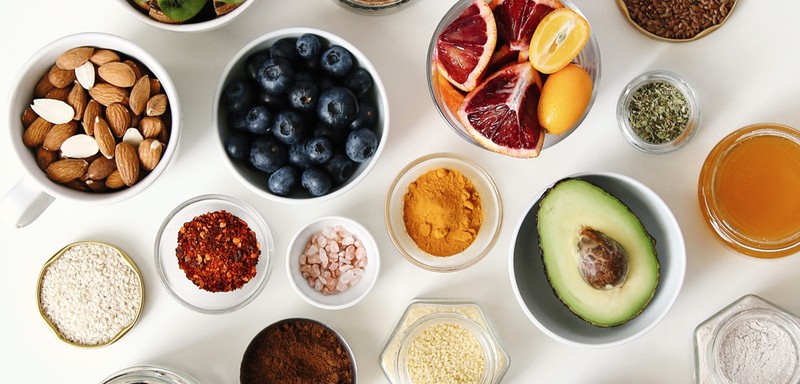
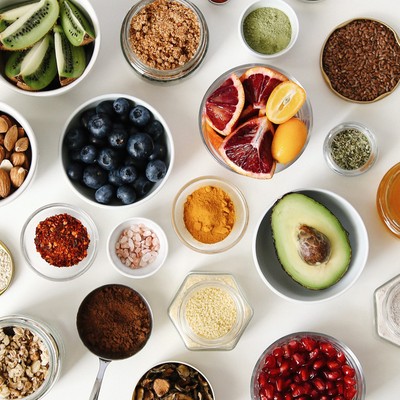
11 Ways To Eat For Healthier Joints
Maintain A Healthy Weight
“Weight management is crucial for healthy joints, as excess weight puts undue stress on your joints. Healthy weight management is simple – it all comes down to a balanced diet and regular weight-bearing exercise, strength training and stretching. And even though your calorie needs decline as you age, your protein need actually increases, especially if you are doing strength-focused activities. If you are struggling with your weight, consider replacing one meal a day with a balanced, nutrient-dense meal replacement made with semi-skimmed milk or soy milk, which will provide around 20g of protein for less than 200 calories.” – Susan Bowerman, registered dietitian at Herbalife Nutrition
Incorporate Oily Fish
“Nine times out of ten, joint problems are linked to inflammation. The body produces chemicals in the body to either switch on or reduce inflammation. Prostaglandins are one of the main chemicals in this process, and they are surprisingly simple to manipulate with the diet. Omega-3 fatty acids play a key role – find them in oily fish like salmon, trout, sardines, mackerel and halibut as well as flaxseeds and chia seeds. For breakfast, try a bowl of porridge with a generous sprinkle of anti-inflammatory cinnamon, a tablespoon of flaxseeds, a handful of berries for antioxidants and a drizzle of nut butter for protein. If you don’t like oily fish or struggle to eat it three or four times a week, consider taking it in supplement form.” – Ailsa Hichens, registered nutritionist
Load Up On Antioxidants
“Colourful fruits and vegetables are full of antioxidants, which help ‘turn off’ inflammatory responses in the body. Eating a variety of different fruits and vegetables has a far greater effect than eating the same volume of the same type. The more brightly coloured a food, the richer it is in antioxidants, so load up on foods like dark green leafy vegetables, berries, peppers and tomatoes. A great way to pack lots of colourful foods in is to make a salad – choose salad leaves like watercress and rocket and add grated carrot, tomatoes, radishes and avocado. Top with an omega-3-rich salmon or mackerel fillet, a handful of Merchant Gourmet cooked Puy lentils and cooked chickpeas. In the winter months, soups are a fantastic way to top up your veg intake.” – Ailsa
Eat More Vitamin C
“Age affects the amount of lubricating fluid inside joints, which naturally decreases as we age, meaning that joint movement becomes stiffer and less flexible, and cartilage becomes thinner. Vitamin C is important for the formation of collagen, a major component of protective joint cartilage, and helps increase elasticity in muscles, ligaments and tendons, supporting flexibility. It’s a key nutrient for joint health.” – Anita Bean, nutritionist
Top Up Calcium
“Calcium is a vital mineral and has several important bodily functions, most importantly supporting the health of your bones and teeth. Calcium needs for women over 50 are actually higher than in their younger years, yet many women don’t take in the recommended 1500mg per day. Consume plenty of low fat or non-fat dairy products, leafy green vegetables and tofu, which can help you meet your needs.” – Susan
Avoid Snacking
“Countless rest and repair functions take place in the body when you aren’t eating. Try to stick to three meals a day with no snacking in between – this will allow the body to repair damaged tissue and keep inflammation at bay. If you must have a snack, stick to low-sugar fruit like apple slices with no added sugar nut butter or a small handful of nuts and seeds.” – Ailsa
Experiment With Superfoods
“The term superfood can be misleading, as any brightly coloured fruit or vegetable is a superfood in its own right, but if you enjoy porridge, overnight oats or smoothies, you could introduce a superfood powder. Acai berries are easy to take in powder form and are packed with a specific antioxidant believed to lower inflammation. Studies also show acai extract can protect brain and heart health. Choose an acai powder that has been freeze-dried to preserve the antioxidants. Matcha, a powdered form of green tea, also has a fantastic nutritional profile – in fact, it contains 137 times more antioxidants than regular green tea. It’s also rich in an amino acid called l-theanine, which has been linked to feelings of focus, alertness and sustained energy.” – Ailsa
Include More Cruciferous Vegetables
“Vegetables such as Brussel sprouts, cauliflower and broccoli are fantastic for the joints. As well as being rich in antioxidants, they also contain a compound called sulforaphane, which studies show can block the enzymes that cause joint pain and inflammation. Research also shows it can slow the destruction of cartilage associated with osteoarthritis. INUR’s Revive supplement comes highly recommended – it contains an active form of sulforaphane as well as probiotics, which work in tandem to provide antioxidant and anti-inflammatory benefits.” – Valérie Espinasse, nutritionist
Drizzle With Olive Oil
“Three tablespoons of olive oil per day has been shown to decrease joint swelling, cartilage degradation and bone erosion. Introducing a good quality olive oil into your diet could significantly decrease arthritic pain and symptoms of inflammation.” – Valérie
Make Stews
“Collagen is an important source of the amino acid (protein) building blocks that make up joint cartilage. Our ancestors’ diets included offal and cartilage from eating nose-to-tail and even our recent ancestors cooked meat and fish slowly so that collagen could be obtained from the cooking waters. It’s important to consider where we are getting joint repair materials from in our diets today. Get into the habit of cooking casseroles with meat or fish, which provide joint-building collagen which is also easy to digest. Try to include at least one slow-cooked dish every week.” – Caroline Hind, registered nutritional therapist for Vitaminology
Cut Back On Processed Foods
“Foods high in saturated fats, sugar and salt may trigger the body’s inflammatory response linked to inflammation-related join damage. Processed foods can also contribute to weight gain, resulting in increased pressure on joints. Also try to cut back on sugar, which has been linked to inflammation and a worsening of joint pain. In fact, studies show women who regularly consume sugary drinks have an increased risk of rheumatoid arthritis. Salt may also play a part – research has linked a high salt diet with an increased risk of arthritis.” – Anita
For more information visit Herbalife.co.uk, FoodFabulous.co.uk, AnitaBean.co.uk, Vitaminology.co and follow @Valerie_Espinasse.
Shop Our Edit Of Products To Use For Healthier Joints...
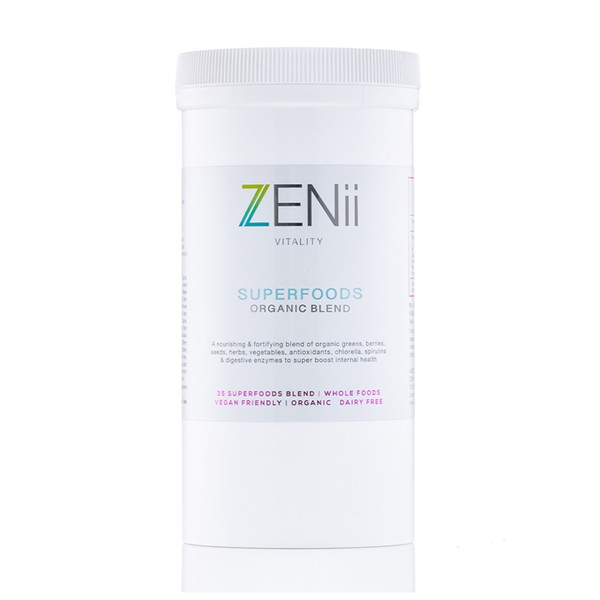
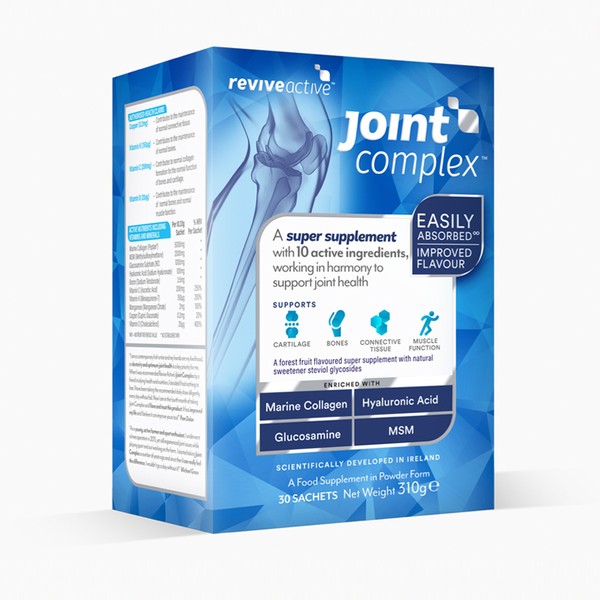
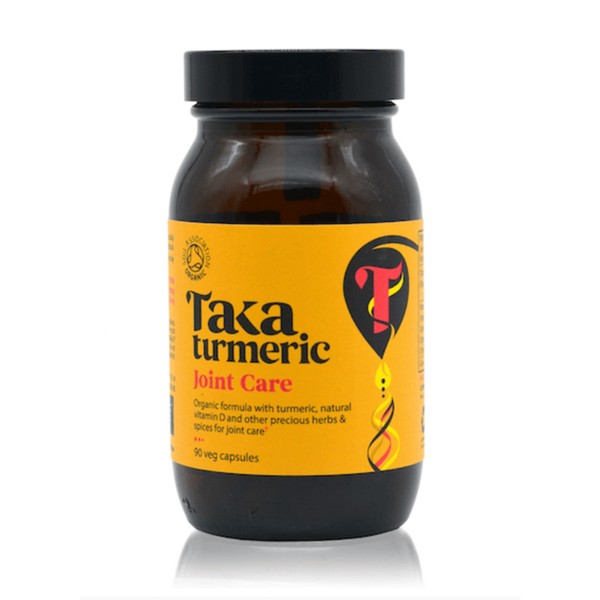
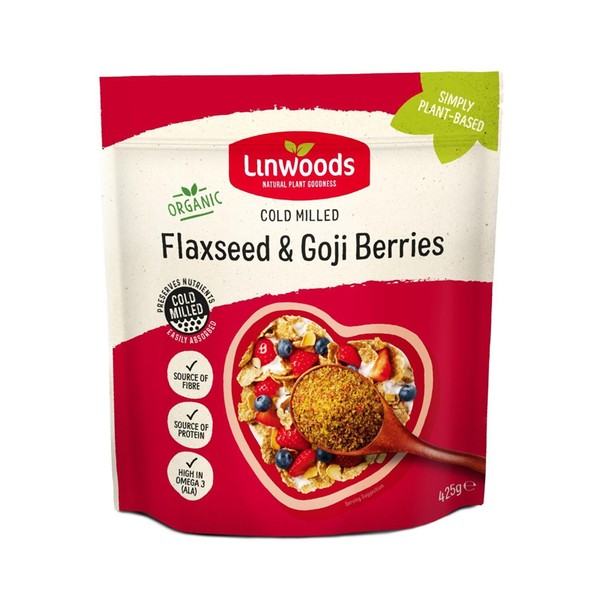
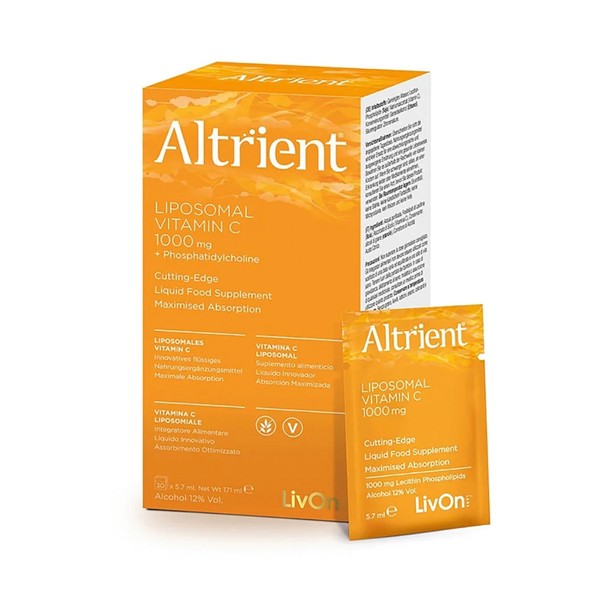
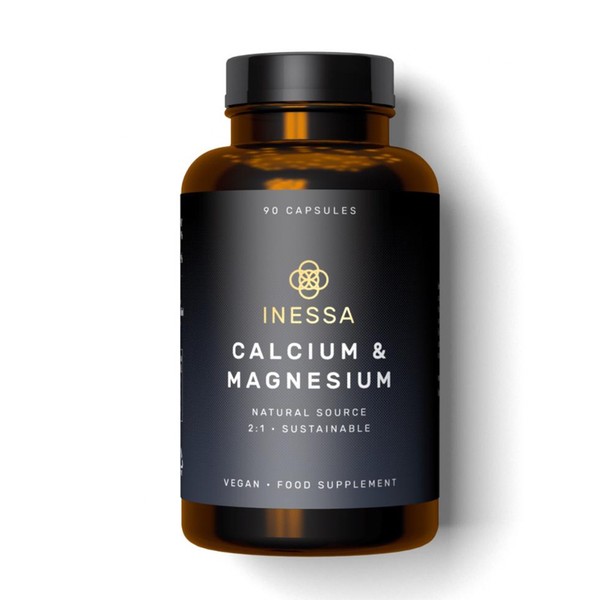
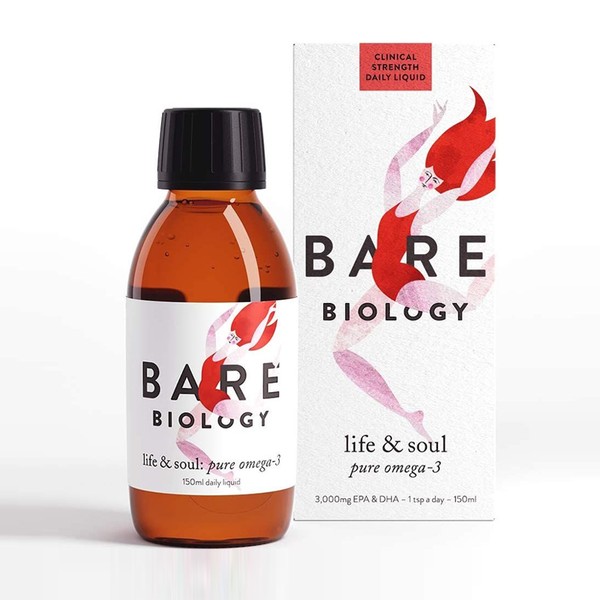
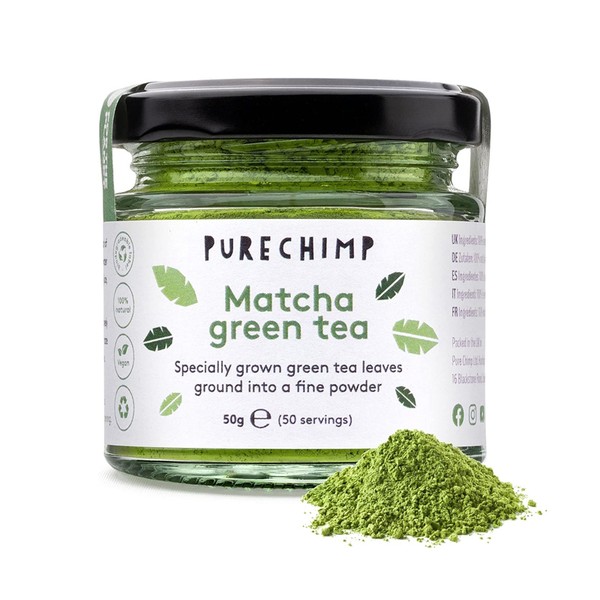
DISCLAIMER: Features published by SheerLuxe are not intended to treat, diagnose, cure or prevent any disease. Always seek the advice of your GP or another qualified healthcare provider for any questions you have regarding a medical condition, and before undertaking any diet, exercise or other health-related programme.
DISCLAIMER: We endeavour to always credit the correct original source of every image we use. If you think a credit may be incorrect, please contact us at info@sheerluxe.com.

